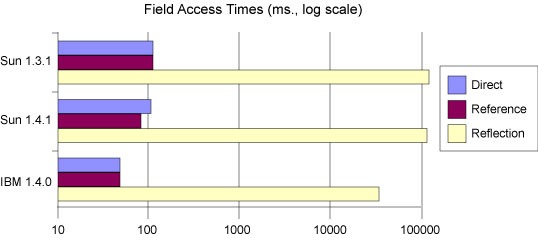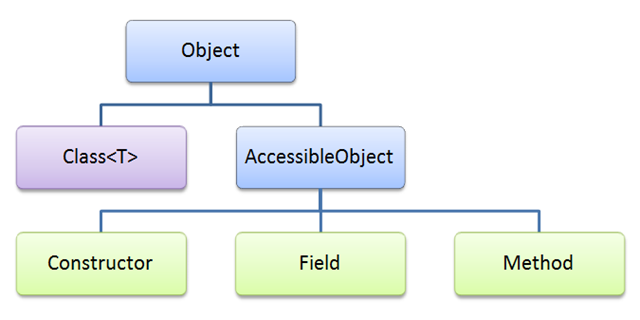In this article we are going to know about Java Reflection, basic, how it works? how we can use it?
I will use Java example with eclipse. But you can use C# also.
What is Reflection?
By name Reflection we know it reflect some thing. Actually, it reflects existing class, methods, fields, interfaces. We can get all information as well as we can access those, invoke those or some time manipulate those.
In short we can call Reflection as a class manipulator. I have seen people get very afraid by the mane.
It’s actually a very easy way to access class items instead of calling them. It is more over an API rather than technique to change existing class/packages. It will mainly work for meta data rather then main information.
How it works?
We can use reflection to access classes when they are loaded to JVM.
Unlikely using in compile time, reflection access all items in a class during runtime in JVM. That means, we can apply dynamic logics, make dynamic and flexible application with reflection. And we should care about the complexity that it might cause.
Why we use it?
- I should say, it is mostly used when we need to take decision dynamically or runtime. That is is why it is mostly used with different patterns(like factory).
- We use it for testing, spatially in making stub or mocking.
- We use it with de compiler, spatially we want to know the artifact(source code) from existing class or jar or war. (with help of other APIs)
- We can use in monitoring(what class loaded and what it is going to do)
- we use this for accessing private members or functions of a class.
- We can use for contracting source code with existing compiled code.
- Very handy when we make keyword driven test execution with framework.
- We can define source(as string) code at runtime.
- If we make a pluggable software where we can add feature while the main application is running, then reflection is the only way. It’s kind of responsible for new function and behaviors in Runtime.
- I found it very useful for monitoring(and debugging) client and server side running application from a third party point of view (or service).
- Runtime class creation, parameterize behavior , extensible, separate compilation, self-examinable are the major benefits.
- When we are writing adaptation based programming, this is the only way.
Why we should not use it?
- As, reflection works run time, the application might get slow and unstable if we use this. We need to be very precise and careful while using reflection.
- Reflection does not work with Applets.
- Definitely Reflection violates the security & integrity
- Some time, Reflection gets sloppy. It might give good performance some time, and some time bad.
So, hard to decide the root cause. So, super carefulness needed. I found some statistics in Net regarding using reflection for field access(comparing different Java version)

- Sometimes it is impossible to resolve an issue implemented using Reflection. Program became more an more complex if we don’t take care before using.
How we can use it?
In Java, there is whole library for doing this. If we use import java.lang.reflect , then we get all access. Inside the reflect package, we get several classes that provide different access mechanism to access several artifacts of a target class. This is a small illustration of what we get with reflection API(source: internet)

I will write separate posts for accessing each of those.
Thanks .. :)